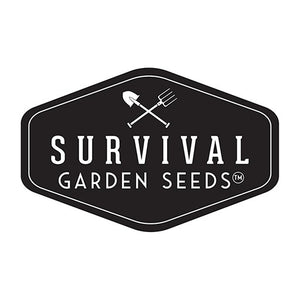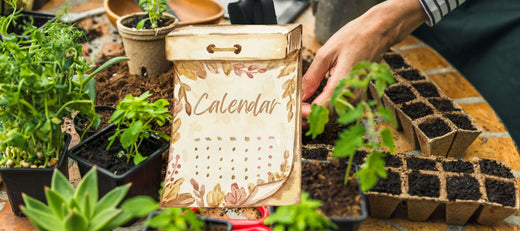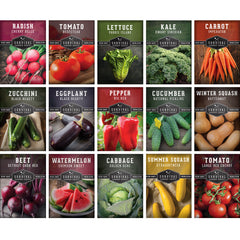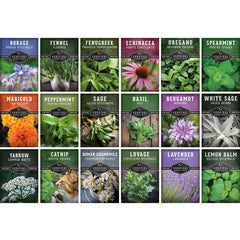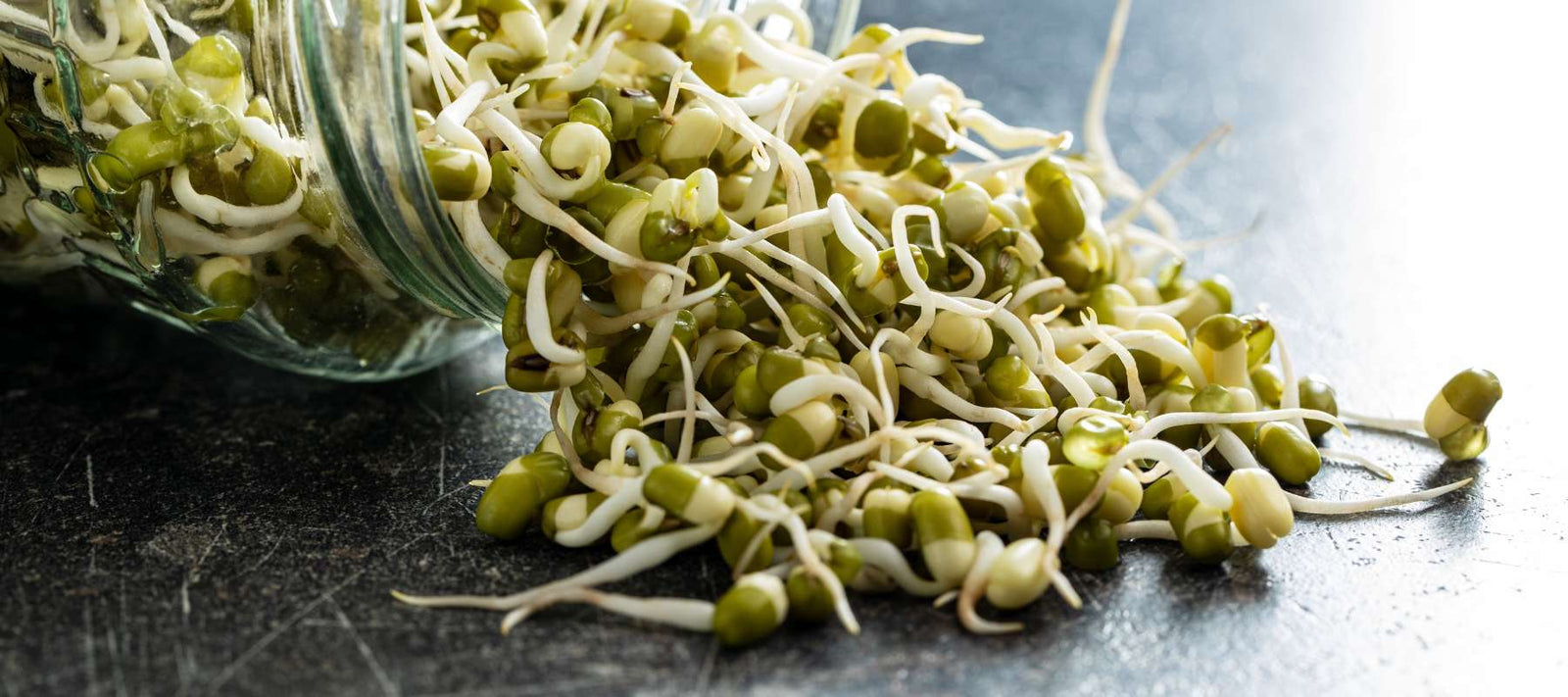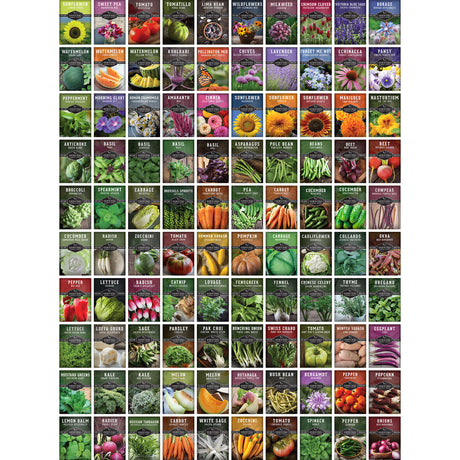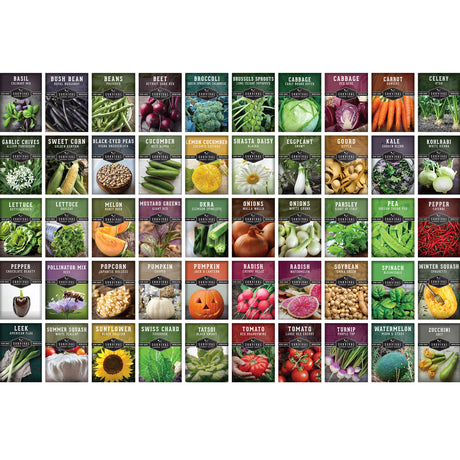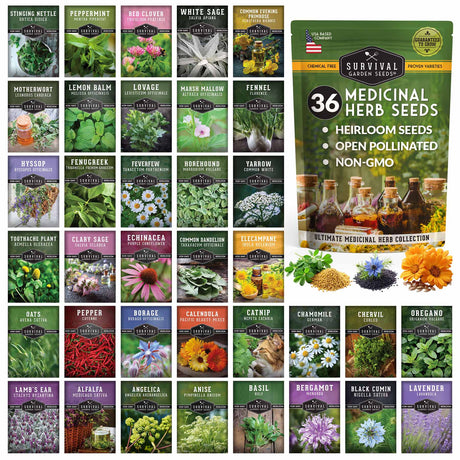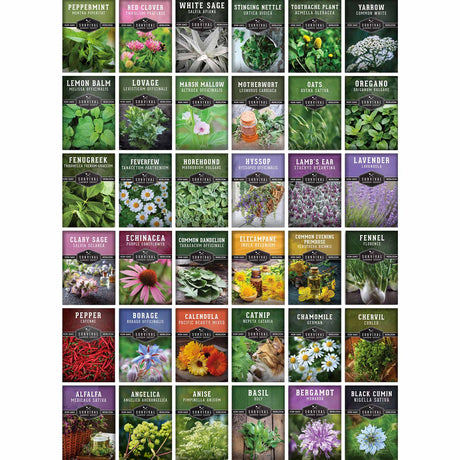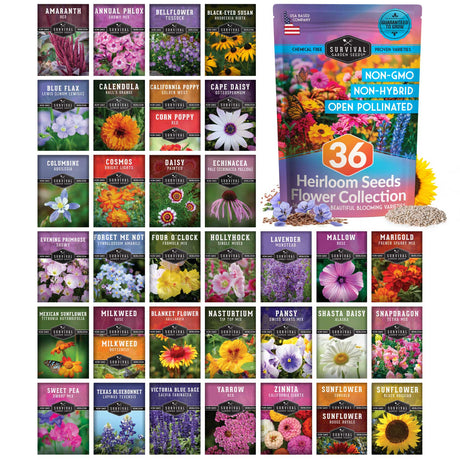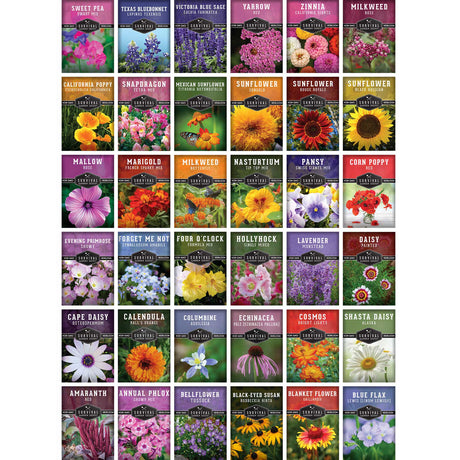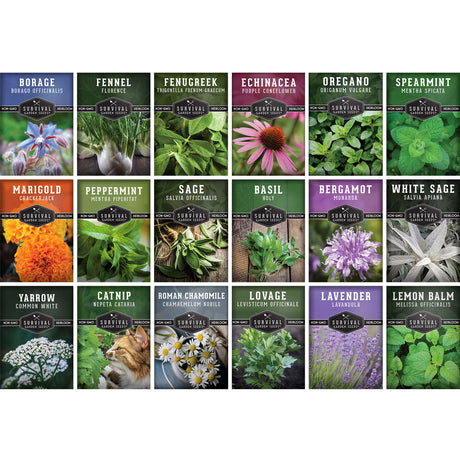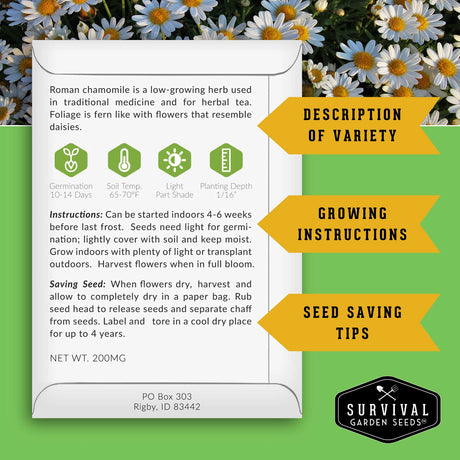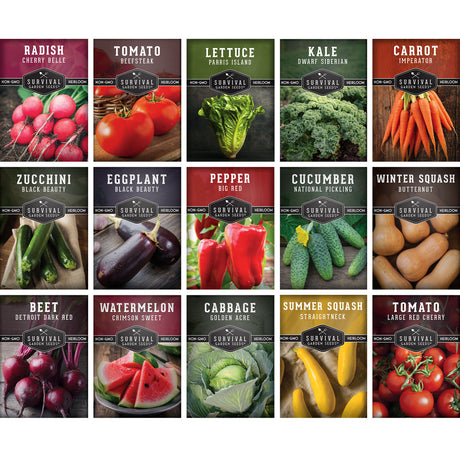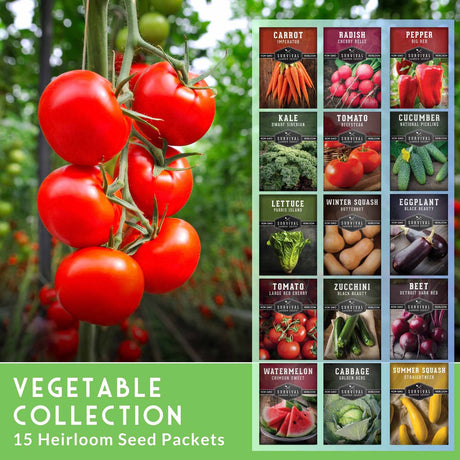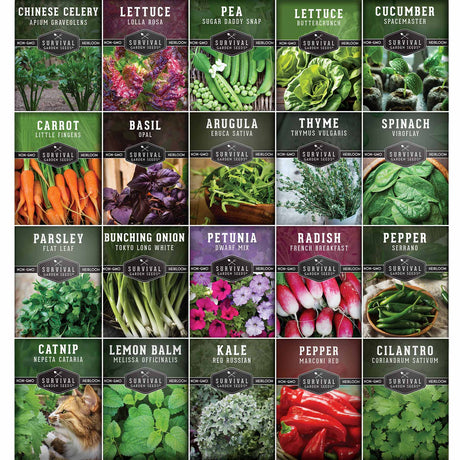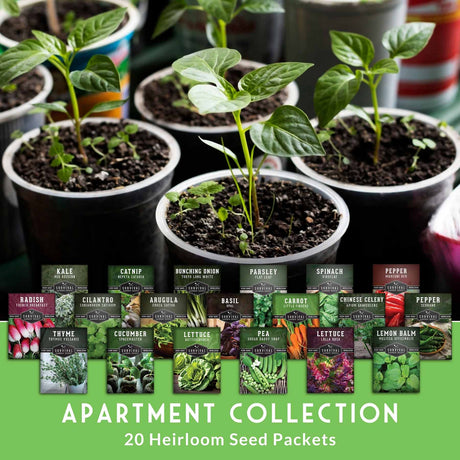If you’ve ever craved the crisp crunch of fresh mung bean sprouts in your stir-fries, salads, or sandwiches, you’ll be happy to know that growing them at home is quick, easy, and incredibly rewarding. With just a handful of beans, a jar, and a few days of patience, you can enjoy a nutrient-packed harvest right from your kitchen counter. Even better, sprouts and microgreens aren’t limited by the seasons. These little green powerhouses can be grown indoors year-round, giving you a fresh supply of homegrown goodness whenever you like.
The Difference Between Sprouts and Microgreens
All of our microgreens seeds can be grown as sprouts. The main difference between growing sprouts versus microgreens is the growing method. Sprouts are grown without soil, entirely in water. Microgreens are grown in soil or a growing medium like coconut coir. Sprouts are usually ready in 3 to 5 days, where microgreens will take up to a couple of weeks.
When it comes to eating, usually you’ll eat the whole sprout. By contrast, only the stems and leaves of the microgreens are eaten. Both sprouts and microgreens are popular for use in salads, sandwiches, soups, and as a garnish. They’re also both packed with nutrients, making them great options for healthy fresh food, even in the darkest days of winter.

The Benefits of Mung Bean Sprouts

Mung bean sprouts are some of the most popular bean sprouts worldwide. These versatile sprouts are prized for their clean, crisp bite and nutty flavor. Their crunchy texture holds up well when cooked, making them a favorite for stir fries and other Asian cuisine. Other bean sprouts, like lentil or chickpea, can be softer and have a more earthy flavor that some people may not find pleasant when eaten raw.
Nutritionally, mung bean sprouts are rich in vitamins A, B, C, and E, plus iron, potassium, and magnesium. They are an excellent source of plant-based protein and fiber. Compared to soy bean sprouts, they are lower in fat and calories, if you need a lighter option for everyday eating.
What You’ll Need to Grow Mung Bean Sprouts

Bean sprouts need very little in the way of growing supplies, making them a great option for indoor growing.
You’ll need:
- a clean jar or sprouting container
- a breathable cover like cheesecloth
- quality mung bean seeds.
Step-by-Step: How to Grow Mung Bean Sprouts Fast
You will be able to enjoy edible mung bean sprouts in only 3 to 5 days when you follow these simple steps.
- Add seeds to a clean jar and fill with fresh, clean water. You don’t want seeds to take up more than 1/4 of the container since they will absorb water and expand as they sprout.
- Cover the jar with cheesecloth and secure it with a rubber band.
- Soak for 8 to 12 hours.
- Drain the water from the jar through the cheesecloth and rinse with fresh water to clean off any extraneous matter and drain again.
- Store the jar in a dark place. It is a good idea to store the jars at an angle so that the seeds in the sprouter are not sitting in water.
- Twice a day, rinse and drain the seeds to keep them fresh. Repeat until they reach your desired size.
- Rinse, drain, and enjoy!

Tips for Success
- Start with quality heirloom seeds.
- A teaspoon of vinegar in the jar when doing the initial soaking of seeds can help to prevent your sprouts from going bad.
- Keep everything clean to avoid spoilage.
- Harvest when sprouts are short and crunchy.
- Sprouts can be moved to the fridge once they are ready to extend their edible life.
Mung bean sprouts can be enjoyed raw or can be cooked with steam in just a few minutes.
Microgreens: The Next Step Beyond Sprouts

If you want to enjoy the benefits of more nutrition, more color, and more flavor variety, you can expand your indoor growing to microgreens. Similar to sprouts, they take up very little space, can be grown year round, and are easy to grow. All you’ll need: shallow growing trays, a little soil, some light, water and seeds. Microgreens are usually ready to harvest in about 2 weeks. To harvest you trim the stems and leaves above the soil. Add them to your salads, sandwiches, or top your favorite dishes with them as a colorful and nutrient-packed garnish.
Nothing is Better Than Homegrown
Growing mung bean sprouts and microgreens at home is one of the simplest ways to boost your meals with fresh, living nutrition. It’s very affordable, plus there’s no garden bed or green thumb required. In just a matter of days, you can enjoy crisp sprouts, and with a little extra space, microgreens that add flavor, color, and vitamins to every dish. Whether you’re new to gardening or an experienced grower, sprouts and microgreens bring the joy of harvest indoors, all year long. Give it a try, and you’ll never look at expensive store-bought greens the same way again!

